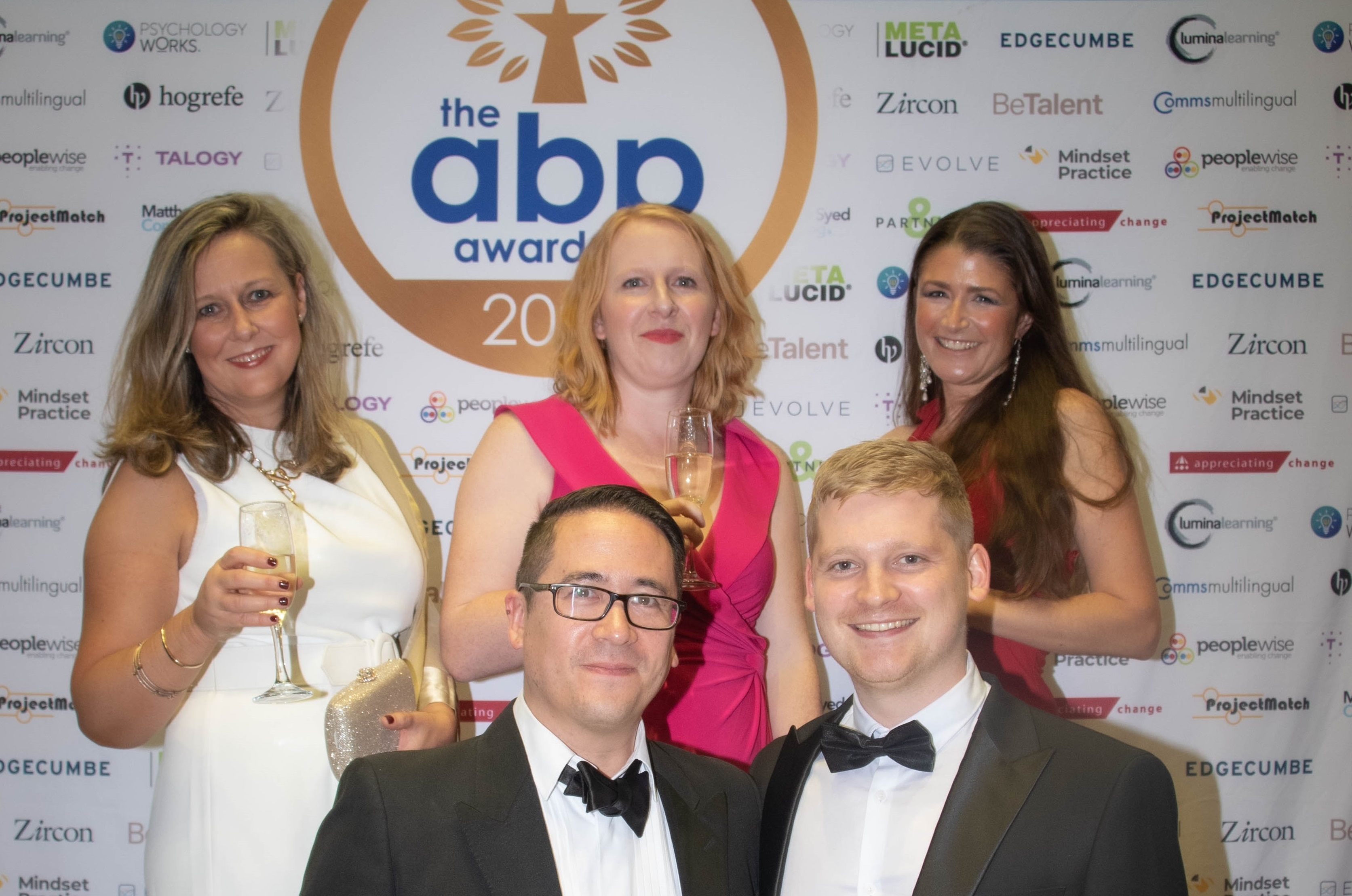This blog was written by Victoria Newland, Consultant at Edgecumbe, who has a particular interest in wellbeing and employee engagement.
Work and life are entirely interwoven; Gallup’s research suggests that if your job satisfaction drops by 10%, your life satisfaction drops by an average of 6%. If we’re dissatisfied with work, it is likely (a 68% probability), according to Gallup, that we’re not highly satisfied with life. And the reverse is thought to be equally valid. If we enjoy our job, it’s likely (a 79% probability) that we are highly satisfied with life.
Considering these statistics within the context of what has been called the ‘Great Resignation’ following the disruption caused by the pandemic may offer some insight into people’s motivations to move to new pastures in search of something that makes them feel happier and more fulfilled. A high proportion of us had extra time on our hands during the various lockdowns to ponder our own beliefs about ourselves and our goals in life. This is often referred to as ‘Self-Concept Clarity’ in psychology terms; for me personally, clarity feels like a strong word.
And herein appears to lie a problem; employees are moving on, but they aren’t entirely sure what they are looking for and might not know when they have found it. We are at risk here of quoting Bono from U2 rather than experts in psychology, so let’s revert back; to support the views of Bea Boccalandro (author, public speaker and purpose/CSR advisor) and Alan Rozanski’s research: “the need for meaning and purpose is the deepest driver of wellbeing there is.”
What is wellbeing?
We hear the term wellbeing a lot, and there has been much debate about the elements that support our wellbeing. According to Tom Rath and Jim Harter’s ‘Wellbeing: The Five Essential Elements’ (2010), our sense of wellbeing is influenced by:
- the combination of our love for what we do each day
- the quality of our relationships
- the security of our finances
- the vibrancy of our physical and mental health
- the pride we take in what we have contributed to our communities.
Most importantly, we not only need to recognise these five elements but also appreciate the importance of how they interact.
Understanding how these five elements interact helps provide us with clarity on our need for meaning and purpose, which is thought to be one of the biggest drivers of wellbeing and underpins all the elements. From a work point of view, it is well known that a sense of purpose is a crucial driver of employee engagement.
A substantial body of research supports the notion that social purpose increases motivation and performance and makes us happier in our jobs. Furthermore, the Happiness Research Institute in Copenhagen found that a lack of workplace purpose plays the most significant role in job dissatisfaction amongst Danes (and Denmark knows a thing or two about happiness, having been at the top – or near top – of the world happiness list since the measure began in 2012).
How do we enhance wellbeing at work?
Leaders in organisations can find many ways to enhance the five elements of wellbeing, with a determined aim of providing members of the organisation with access to a structure and tools to help support a life well lived. Leaders can support wellbeing and employee engagement in various ways
- Link wellbeing initiatives to the purpose of the organisation.
- Incorporate social purpose into people’s working lives.
- Incorporate wellbeing activities when setting job expectations and goals.
- Recognise employees for their wellbeing achievements.
- Facilitate conversations about wellbeing.
- Explicitly link each workplace wellbeing activity to at least one of the five elements of wellbeing listed below.
The five elements of wellbeing
- Career wellbeing: How we spend our time and whether we like what we do every day.
- Social wellbeing: Having positive relationships.
- Financial wellbeing: Effectively managing our economic situation.
- Physical and mental wellbeing: Having good health and the energy to do the things we enjoy
- Community wellbeing: Having a sense of engagement with our community.
At Edgecumbe, we believe that a better world needs better leadership. Historically, business leaders were often measured on a narrow focus of profit, but in 2022, leadership that does not strive to improve the world (or at least some small part of it) can no longer be considered ‘good’ leadership.
Through our organisational research, whether employee engagement surveys, focus groups, leadership development, one-to-one coaching, or team dynamic research, we support organisations in identifying and addressing how their people can achieve their desire to do meaningful work. And it is these activities that will contribute to the longevity and fruitfulness of working lives to the benefit of individuals and the organisations in which they work. To find out how we can support you and your organisation, please get in touch.
References
Bleindorn, W. (2020). How lockdown may have changed your personality. Personality Change Laboratory, University of California. Available from: https://www.bbc.com/future/article/20200728-how-lockdown-may-have-changed-your-personality.
Boccalandro, B. (2021). Do good at work. New York , Morgan James Publishing.
Cohen, R., Bavishi, C., Rozanski, A. (2016) Purpose in life and its relationship to all-cause mortality and cardiovascular events: a meta-analysis. Psychosomatic Medicine, Feb-Mar;78(2):122-33.
Gallup (2020). 10 ways leaders can improve engagement and wellbeing. Available from: https://www.gallup.com/workplace/320108/ways-leaders-improve-engagement-wellbeing.aspx.
Rath, T. and Harter, J.K. (2010) Well-being: the five essential elements. New York, NY: Gallup.




















